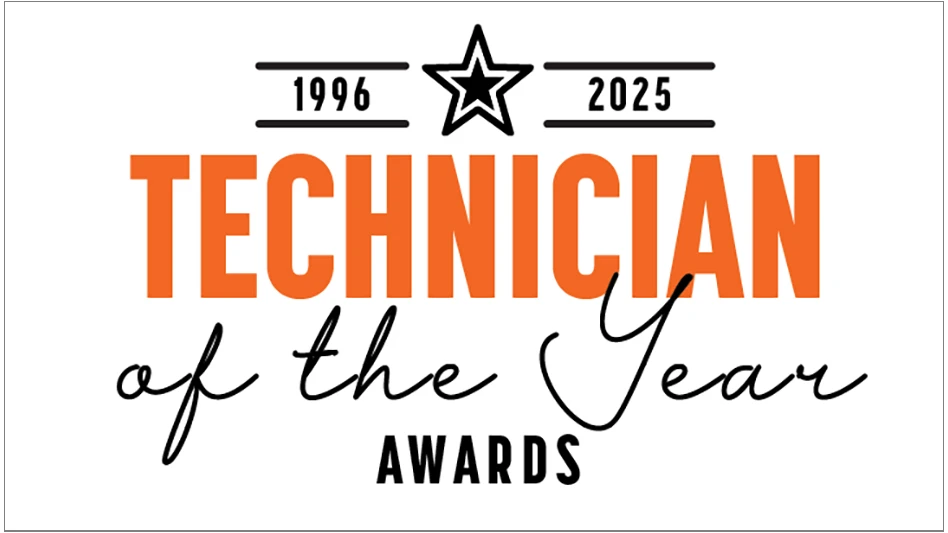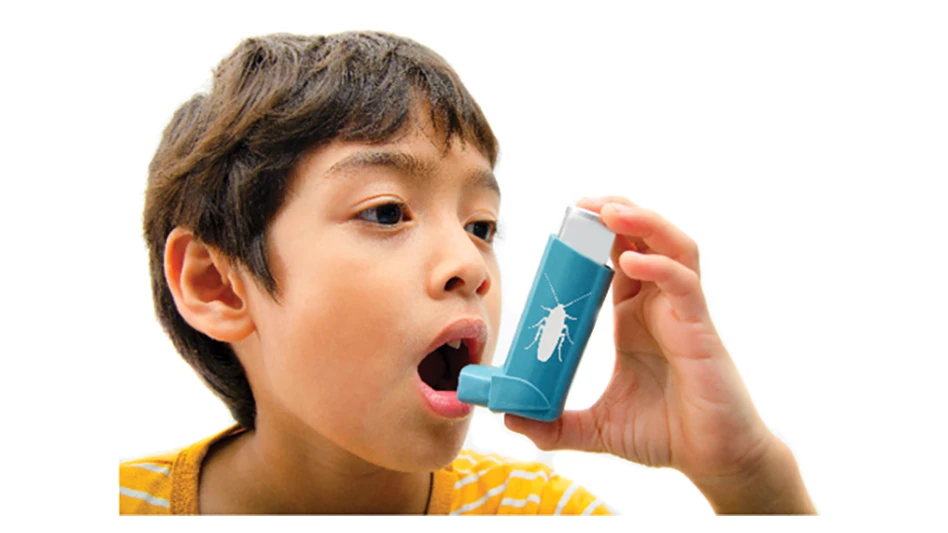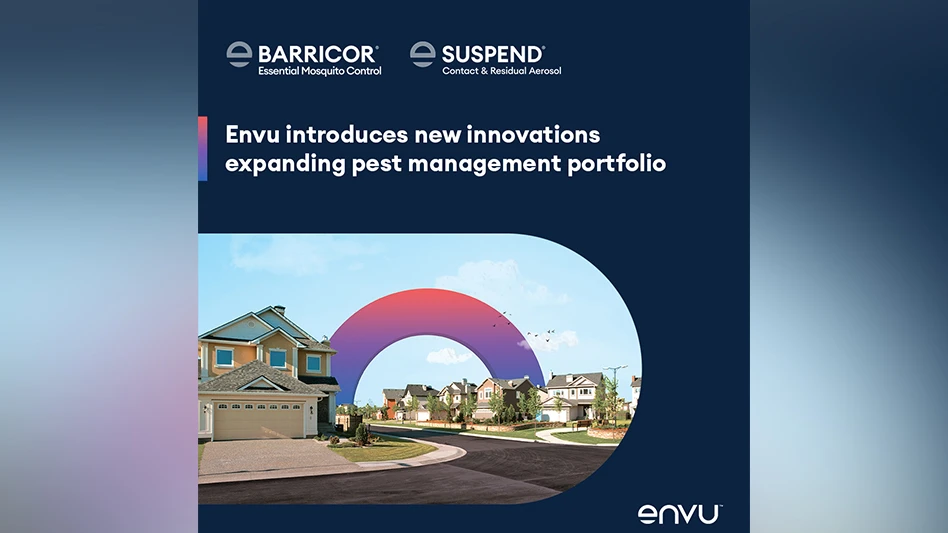
Editor’s Note: This post is part of a series contributed by the ESA Student Affairs Committee. See other posts by and for entomology students here at Entomology Today.
Humans have most likely collected insects since the beginning of our civilizations. Our earliest records indicate that Chinese civilizations used silkworms in 4700 BC, honey bees by the 5th century, and scale insects by the 13th century. Insects have been collected for a multitude of reasons, everything from food production to dye creation to scientific study. This trend continues today, and many more people have become involved in insect collections, not just for science, but as a hobby, and even for art.
Perhaps the most avid insect collectors are—you guessed it—entomologists. As with most things, insect collecting is a skill that can be learned and honed over time, but in the beginning it can be quite difficult. In this article, I will outline some tips and advice on how, when, and where to collect insects as well as a few other things to keep in mind while you’re out collecting.
Know Your Insects
The first step is to figure out what insects you’re trying to collect and why. Are you taking your first entomology course and need to create an insect collection? Are you a researcher who needs to find that one species of pollinator for your study? Are you a hobbyist looking for big flashy beetles to display? Knowing what you’re looking for will help inform how to go about collecting what you need. Researching the life history of your insect(s) will tell you what they eat, where to find them, when to find them, and most likely the best way to capture them. Insects are virtually everywhere, so if you’re looking to catch anything and everything you should have no problem; but, if you’re looking for something specific, you’ll need to tailor your hunting strategy and your gear.
Know Your Gear
There are two main types of insect collecting: active and passive. Active collection requires more energy and the physical effort to capture insects, while passive collecting often involves traps that can be checked and monitored on a regular basis.
For active collecting, the three most popular tools are nets, beat sheets, and aspirators. Nets can come in a wide variety, including lightweight mesh aerial nets for collecting flying insects, aquatic mesh nets for collecting aquatic insects (this is often paired with using a white bottomed container in which to place the insects for easy visibility), and sweep nets, which are made of a sturdier fabric for sweeping insects off vegetation. Beat sheets are used by placing a sheet under vegetation and shaking or disturbing the plant above to capture any falling insects. Aspirators are another popular collecting tool and can be electric or manual. They are great for sucking small insects off natural and artificial surfaces.
The traps involved in passive collection will also depend on the insect you’re after. Malaise traps will catch a wide variety of insects, whereas funnel traps baited with specific pheromones can be aimed at collecting a particular species of beetle, for example. Pitfall traps are another common trap and involve placing a container filled with soapy water in soil, rim level with the ground. This will capture any insects that fall into it but will need to be periodically replaced, especially if it rains. Blacklight or UV traps are tailored to attract nocturnal insects but need a little more work in that they require the use of an aspirator or net to collect the insects off the trap.
Another important thing to remember is that traps can also be baited, which will greatly improve your success. Mosquitos for example, are attracted to carbon dioxide, so their traps often will be baited with dry ice. Berlese funnels aren’t exactly traps but are a very effective tool used to extract arthropods from soil and leaf litter samples and can easily be made at home with common supplies. Please note there are many, many more insect traps than what I’ve mentioned here.
Aside from what you’re using to collect the insects, you’ll need different equipment to store your insects. This means jars, containers, and lots of them in all different sizes, plus something to carry them in. I’ve seen people recommend multipocketed cargo pants, fly fishing vests, backpacks, and fanny packs. For soft bodied or aquatic insects, you’ll need ethanol in a leak-proof container; for lepidopterans you’ll need wax envelopes; and, for most other insects, plastic or glass containers will do. I am particularly fond of repurposing 33-millimeter film canisters as a storage container. Many entomologists will also often bring a kill jar, which is a glass jar equipped with either hardened plaster or some cotton balls at the bottom soaked with acetone. Be careful, though, when using acetone, as it can disturb the color of your insects and cause damage to any plastic materials.
If you are collecting insects for research purposes, a handheld GPS or smartphone will come in handy for recording your location. It is also vital that you write your collection information as soon as possible, because a freezer full of unlabeled specimens are practically useless, and I can guarantee you’ll never remember when or where you got them from.
Know Your Environment
Knowing where you will be collecting will influence not only what insects you’ll be able to catch but also other gear you might need. If you’ll be searching hard or rocky landscapes, you might want knee pads and elbow pads. If you’re in a hot, arid environment, you’ll need protective clothing, sunscreen, and a lot of water. On the other hand, if you’re in a wet environment you’ll need waterproof clothing.
Additionally, you’ll want to know if you even can collect there. Is it private or public land? Do you need a permit? Are you going to be in the woods during hunting season? These are all important details to understand while planning your collecting trip. Finally, knowing your environment will help you to identify the potential hazards you may face.
Know the Hazards
The three main hazards to your health while insect collecting fall under the categories of weather, wildlife, and terrain. Always, always plan for the weather and keep an eye out for any signs of quickly approaching storms. It’s also good to keep in mind how the weather might negatively affect your more delicate gear and electronics.
As for wildlife, we often pose more of a threat to wildlife than it does to us, but that doesn’t mean we’re invincible. Being prepared for unexpected wildlife encounters could include wearing bug spray, leech socks, or boot gaiters, or it could mean carrying a pocketknife or a can of bear spray. Remember, if you’re in the wilderness, you’re invading their space, not the other way around, so it’s important be respectful.
Just as with weather, the terrain will also influence what you wear. A good pair of shoes that are right for the occasion can make all the difference in the world, and wearing long pants instead of shorts can save your legs from scratches and exposure to poisonous plants. Make sure you keep in mind the obstacles you might be faced with when you’re out collecting, as well. Depending on where and how long you’ll be collecting for, it might not be a bad idea to bring some emergency supplies and let at least one other person know the details of your route. A great tip I learned from one of my friends is to roll some duct tape around a pen. It’s much lighter than carrying around a whole roll and can be used in a variety of ways, including removal of ticks or repairing tears in clothing and gear.
A Note on the Ethics of Collecting
While there are many benefits of collecting insects, there may also be numerous consequences. Many entomologists see the value in collecting insects for research, monitoring, and record-building purposes, but some people are opposed to it, and their perspective is equally valid. We must ask ourselves about the ethics of insect collecting: Are we negatively impacting insect populations? Are we contributing to the steady decline in biodiversity? Is it right or just of us to take the life of another living creature? How can we better our collecting practices to minimize our negative impacts and maximize the benefits? “The Insect Collectors’ Code,” a fantastic article by Carolyn Trietsch and Andrew R. Deans in the Fall 2018 issue of American Entomologist, discusses these points and is well worth the read.
Elizabeth Bello is a graduate student in the Department of Entomology at the University of Illinois at Urbana-Champaign and the Physiology, Biochemistry and Toxicology Section Representative to the Entomological Society of America’s Student Affairs Committee.
WANT MORE?
Enter your email to receive our newsletters.
Latest from Pest Control Technology
- How to Get Rid of Odorous House Ants
- Massey Services Promotes Herndon to Director of Sales for Multi-Family Division
- NPMA Announces First Recipients of NPMA PRO Certified Credential
- Pestmaster of the Hudson Valley Acquires Catskill Animal Damage Control
- Photo Slideshow: Ant Identification Tips
- Video: Top 10 PCT Photo Contest Finalists
- UF/IFAS Study Reveals Boats as Perfect Vessels for Global Termite Spread
- Pest Control Consultants (Iowa) Earns Pinnacle Performance Award






